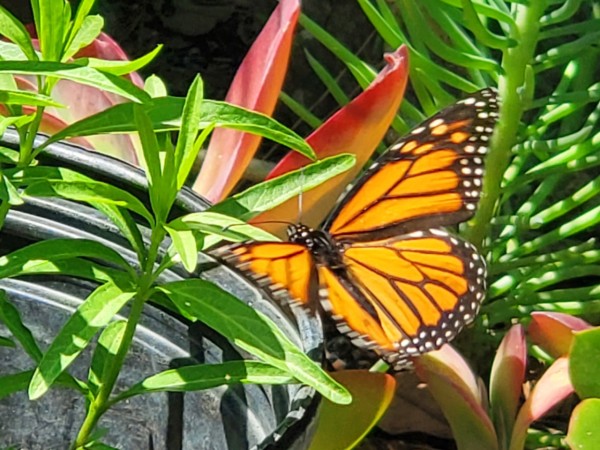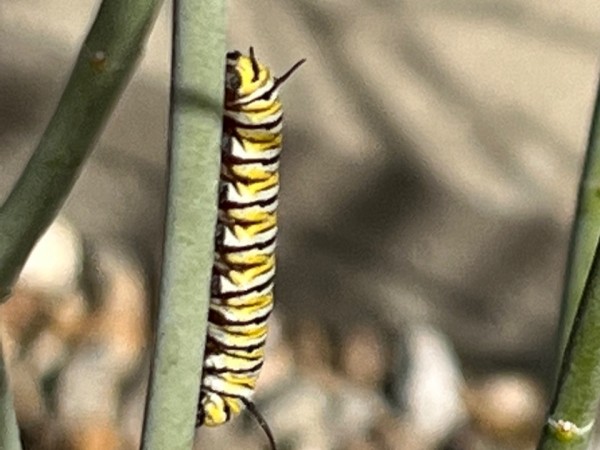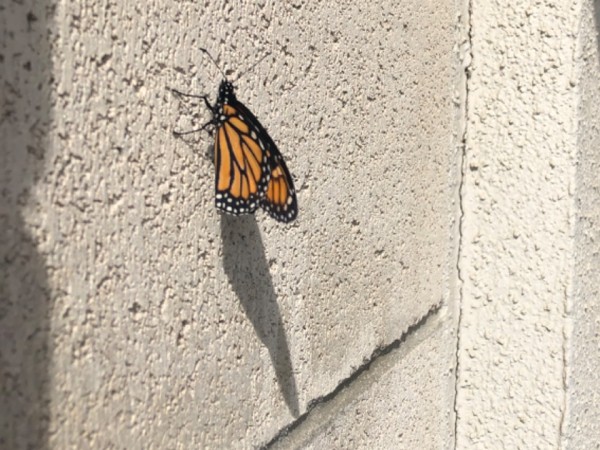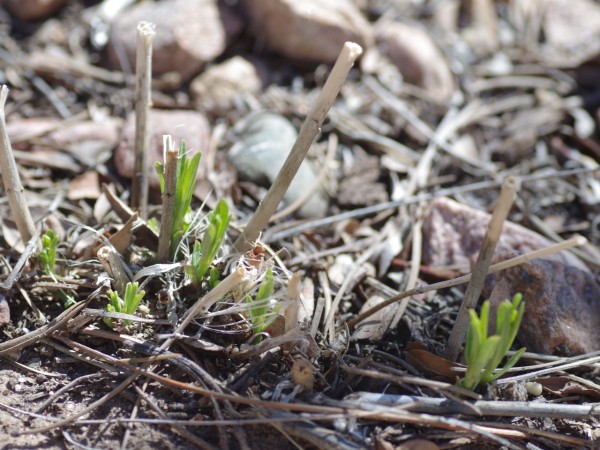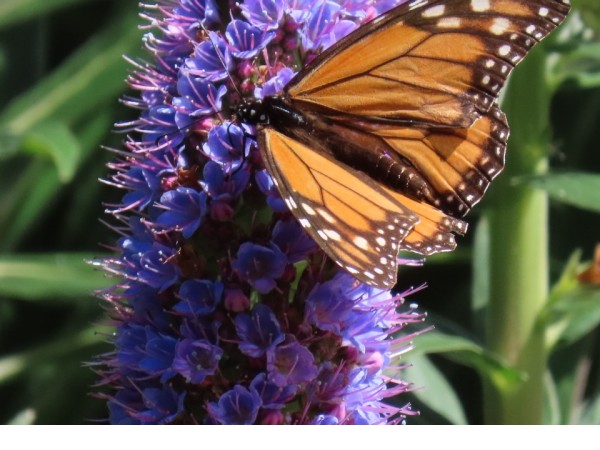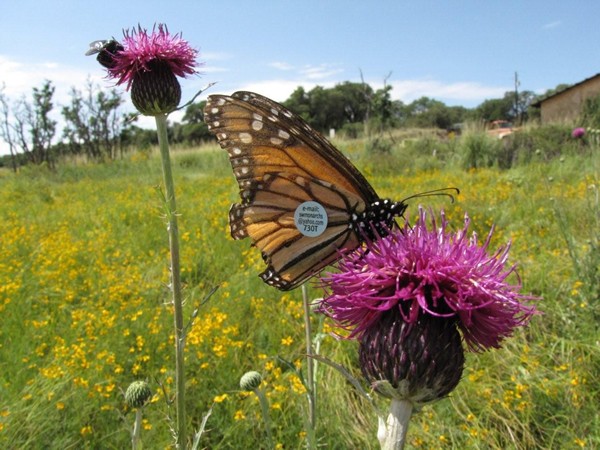Letter From Gail Morris: Western Monarch Spring 2023 Report #7
Western Monarchs Update
Temperatures are finally warming in the southern range where monarchs are active this week, but Spring is arriving later than in recent years. After a hopeful swell in the overwintering population, monarchs are now in a race to reach the summer breeding grounds before their migration stalls, just a short time away. Winter storms likely battered the monarch numbers, but there is still hope for migrating adults to move through the area. Yet looking at the Journey North maps, you can see little movement inland with reported first sightings and few repeat sightings even in the lower desert regions of California and Arizona. The earlier abundant winter rains throughout the Southwest will grace the land with abundant nectar resources and milkweed up and waiting when they can make their way.
Monarch & Milkweed Sightings
Thank you to everyone who responded to the plea for sightings this week!
On April 9, Susie in Orange, California, reported, “Very first monarch sighted in my garden this year, 2023! So exciting to see this female flit all around the garden, milkweed to milkweed. Surprisingly, she was most interested in my narrow-leaf milkweed vs tropical. I was able to count 12 eggs total on the plants after her one-hour visit!”
Kristin was vacationing in Anaheim, California, on March 28 and spotted one monarch. “We were in California on vacation so just assumed our sighting wasn't a big deal. But when I got the Journey North email - I realized I should report it. exciting!”
Thomas found two larvae, the first of the season, in Cathedral City, California. “Three eggs also spotted.”
Susan in Glendora, California, reported one “New male monarch,” on April 8.
Meanwhile, Renee in Corrales, New Mexico, reported A. subverticillata milkweed just beginning to emerge on April 5. “Horsetail milkweed in my garden about 2 inches high.”
Reports from the Field
Diana Magor shares her report from monitoring the Santa Cruz, California, region:
“2-3 male adult monarchs in and around my garden on Escalona Dr in Santa Cruz daily since March 24, 2023, patrolling and nectaring on Echium and Pittosporum undulatum blossoms.
Not one female has been spotted since mid-March at Lighthouse Field overwintering site 2 miles from my house or anywhere else in Santa Cruz despite my search for them. The last and only one I did observe at Lighthouse Field on March 15 was mating.
No eggs or larvae have been observed by me in 2023, which is highly unusual since I have early milkweeds (heartleaf) that had begun to re-emerge in late January and have had many females ovipositing on them and other milkweeds at my property in late Jan in 2022 and previous years. Females started disappearing from Lighthouse Field in February this year. Many have been observed in and around Mountain View Ca since Jan this year and have been reported on iNaturalist but it is not known how many of these were wild or raised monarchs. Several chrysalids, some eggs, and caterpillars were also found in the South SF Bay Area since Jan 1, 2023.”
Be sure to see Diana’s photo!
Call for sightings
Keep an eye out for monarchs and milkweeds! Despite a much healthier overwintering monarch population, the key to summer breeding will be seen in the progress of monarchs in the next few weeks. Your reports are critical to our understanding of their migration. Urgently needed are reports of sightings of emerging milkweeds and monarchs in any life stage. Provide as much information as you can such as weather conditions (it’s okay to estimate). Your detailed description of what you see can include, but is not limited to, the monarch’s gender and activity and if known, the type of milkweed, and flowers if they are nectaring. Be sure to check milkweeds for eggs, larvae, or pupae if you are lucky to find them.
Thank You!
A special Thank You to Diana Magor for her report.
Gail Morris is the Coordinator of the Southwest Monarch Study (www.swmonarchs.org), a Monarch Watch Conservation Specialist, and the Vice President of the Monarch Butterfly Fund, the Central Arizona Butterfly Association, and the Western Monarch Advocates. The Western Monarch Population News is based on comments provided to Gail Morris. We hope to increase the number of sightings and therefore photos and comments entered into the Journey North. We rely on the volunteers who communicate regularly with Gail and who agree to participate in our effort to increase awareness of the population of Western Monarchs. You can reach her at gail@swmonarchs.org
